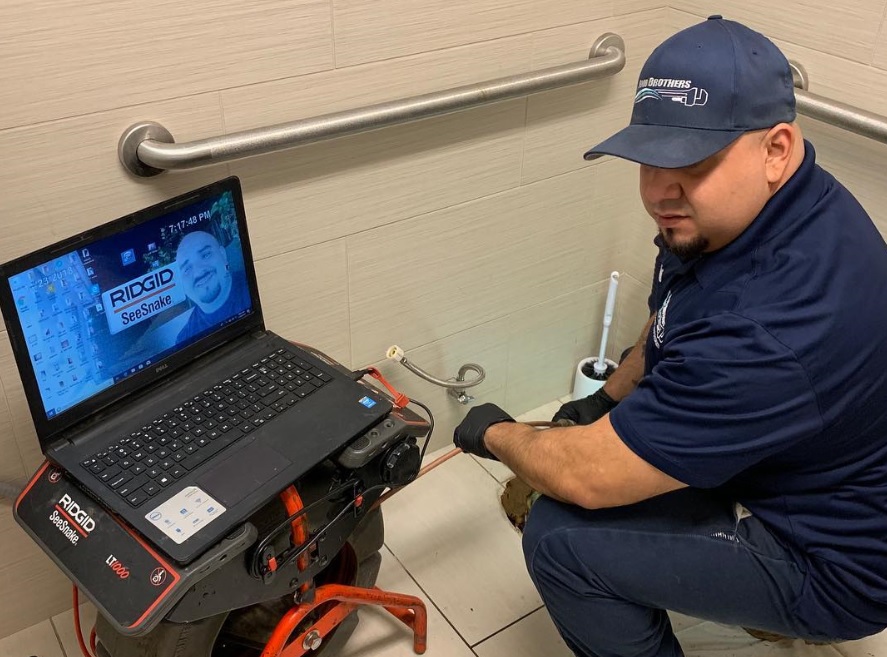Our home plumbing systems are complex, they are an interconnected series of hoses, drains, pipes, appliances and fixtures. When it comes to an installation, upgrade, repair or maintenance a great deal can go wrong, which can lead to a lot of damage. Plumbing codes may seem intrusive, but they exist for a good reason. They help to prevent a lot of problems and following them carefully is essential. If you have a DIY approach to your home plumbing, it is possible to fix smaller problems but some tasks are best left to your local professional plumber. In this article, we will look at six common plumbing code violations in more detail.
1. Inadequate or Improper Venting
The curve that you can see at the bottom of some plumbing pipes is known as a trap. There are “P” and “S” plumbing trap styles but you will only find “S” traps in older plumbing systems from the early 20th Century. The trap is designed to prevent the accumulation of sewer gases that can make their way back into your home. If the trap doesn’t have correct venting, the water that should be in the trap can be siphoned away rendering them useless.
2. An Inadequate Drain Line Slope
A drain line needs a slope to ensure that the lines are flowing with sufficient momentum to carry the waste away and keep the inner walls of the line clear. If you have too much or too little slope in the drain line, it can lead to frequent clogging issues. The slope of the drain line can vary depending on the home but a general rule is ¼” slope for each foot of drain line.
3. Illegal or Improper Materials
Many materials have been used in plumbing systems over the centuries, but modern standards require the correct materials to avoid a code violation. If you’re upgrading and replacing plumbing pipes and fixtures, they must meet the code requirements for your area.
4. Inaccessible or Insufficient Cleanouts
The cleanouts are those areas that allow access to the plumbing system to unclog a drain manually. It’s essential to have sufficient cleanouts in areas that are accessible for your local certified plumber. If your main sewer line is functioning as a drain, the cleanout needs to be sealed unless there is a clog in the sewer line.
5. Incorrectly Sized Drain Pipes
Each drain requires a pipe that is sized correctly to meet the drainage needs of your home plumbing system. If you install a pipe that’s too large or too small, you will run an increased risk of leaks. The pipes will not be able to function as efficient drain lines and you will be in violation of the codes.
6. An Improperly Sized Pressure Relief Valve
Every water heater has a temperature and pressure relief valve that will prevent an explosion! A properly installed pressure relief valve releases water to reduce the water pressure in the water heater. If that valve leaks it must be replaced, you cannot plug the valve to prevent a leak, this is a code violation and you’re risking a disaster.
To make sure that your plumbing is up to code, contact your local certified plumber for expert help and advice.





